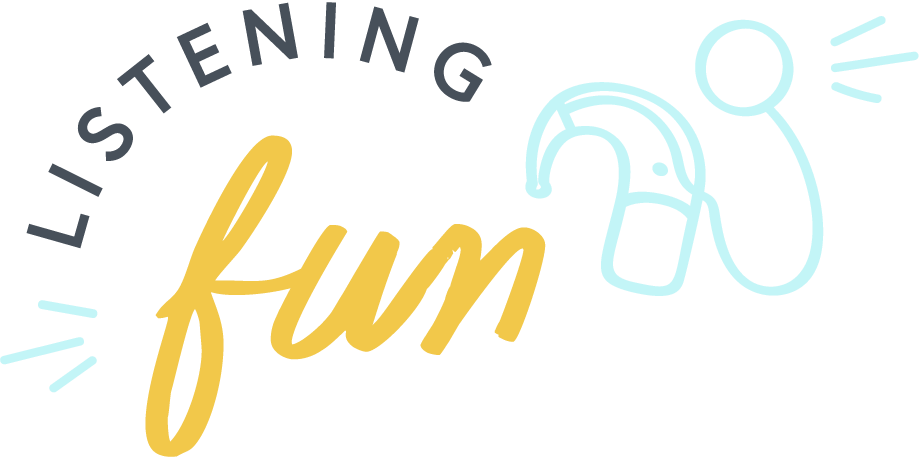Listening Activities for Teletherapy
As an itinerant Teacher of the Deaf and Hard of Hearing, one of my main roles is to support auditory skill development. Strong listening skills are important for accessing academic and social information in school. Teletherapy adds another level of difficulty to listening and it is important that we prepare our students to listen in a variety of situations, even over a video conference. Here are some of the listening activities I have been using during this time of distance learning:
Books
I start almost all my teletherapy sessions for younger students with a book from Epic Books. Many of my students are working on answering comprehension questions and retelling the story.
Here are some of my favorite books with a clear problem and solution that work well for retell:
Kitty and Dragon: 3 Books in the Series
I also use nonfiction books with my older students to practice auditory memory for details in sentences. I will read them a section and then cover the book and ask them specific questions about what we just read. This is a little more interesting than just drilling auditory memory cards, and usually, I can find some interesting books on animals, science topics, etc.
Boom Cards
Spring Listening for Critical Elements. You can get a full size, clickable preview of this deck here! (Click on the blue button that says full size preview).
Boom Cards are a fun, interactive way to practice listening skills. I use Boom Cards in one-on-one therapy sessions by pulling up the cards on my screen and screen sharing with the student. If the student is too young for mouse control, I have them just point to the screen with their finger and their mom or dad says “good job!” or “try again!” and I can click the answers on my end. This is an easy way to keep the students involved because they see something happening in response to their answers, even if you are the one doing the clicking. For kindergarten and over, I give them mouse control and they can click their answers.
I have been using my Spring Listening for Critical Elements deck to practice and monitor listening for various numbers of critical elements. It has been helpful to progress monitor and collect data on receptive language skills.
For students working on phonemic awareness skills, I have been using a ton of Boom Cards. Since this is a common skill, there are many free decks available to target these skills.
Boom Card Reinforcers
Many of the listening activities that I used before the school shutdown are still great listening practice, but they can be a little boring for students. These include auditory memory for numbers, listening for details in sentences, listening for inferences, etc. For these activities, I made this free Boom Card Games and Reinforcers deck. These include a feed the monster game, simple board games, putting scoops on an ice cream cone, etc. Every time the student answers a question, they get to move a piece or watch it move “by magic!” (aka me moving it). These are a silly way to keep students engaged in whatever skill you are practicing.
I Spy Games
One fun activity is to play a version of “I Spy” where you describe an object and the student has to go find it in their house. You can describe it by function, attributes, location, etc. Even if you can’t see the object, you can still describe it for them to find.
Drawing Games
One fun activity I play in person all the time is a directed drawing game. It works really well to teach the visualization strategy for auditory memory. You describe a picture and the student has to draw it on their end. If you are looking for some examples, I have a bunch in this Auditory Comprehension Resource.
Note-Taking
One skill that is challenging for many students, but especially students with hearing loss, is taking notes while listening. Typically I would use classwork information, but lately, I have been grabbing articles relevant to my student’s interest. Newsela is a good source of articles, especially since you can change the reading level to make this task easier or harder. There are several note-taking strategies that you can use. Some of my students like to make webs, others prefer bulleted lists. You can discuss these strategies and then practice taking notes while you read the article. They can use their notes to answer comprehension questions about the article.
Final Thoughts
There are many ways to practice listening skills via teletherapy. These are just some of the ideas that have been working for me! If you have any other games or ideas for targeting listening skills in teletherapy, I would love to hear them!




